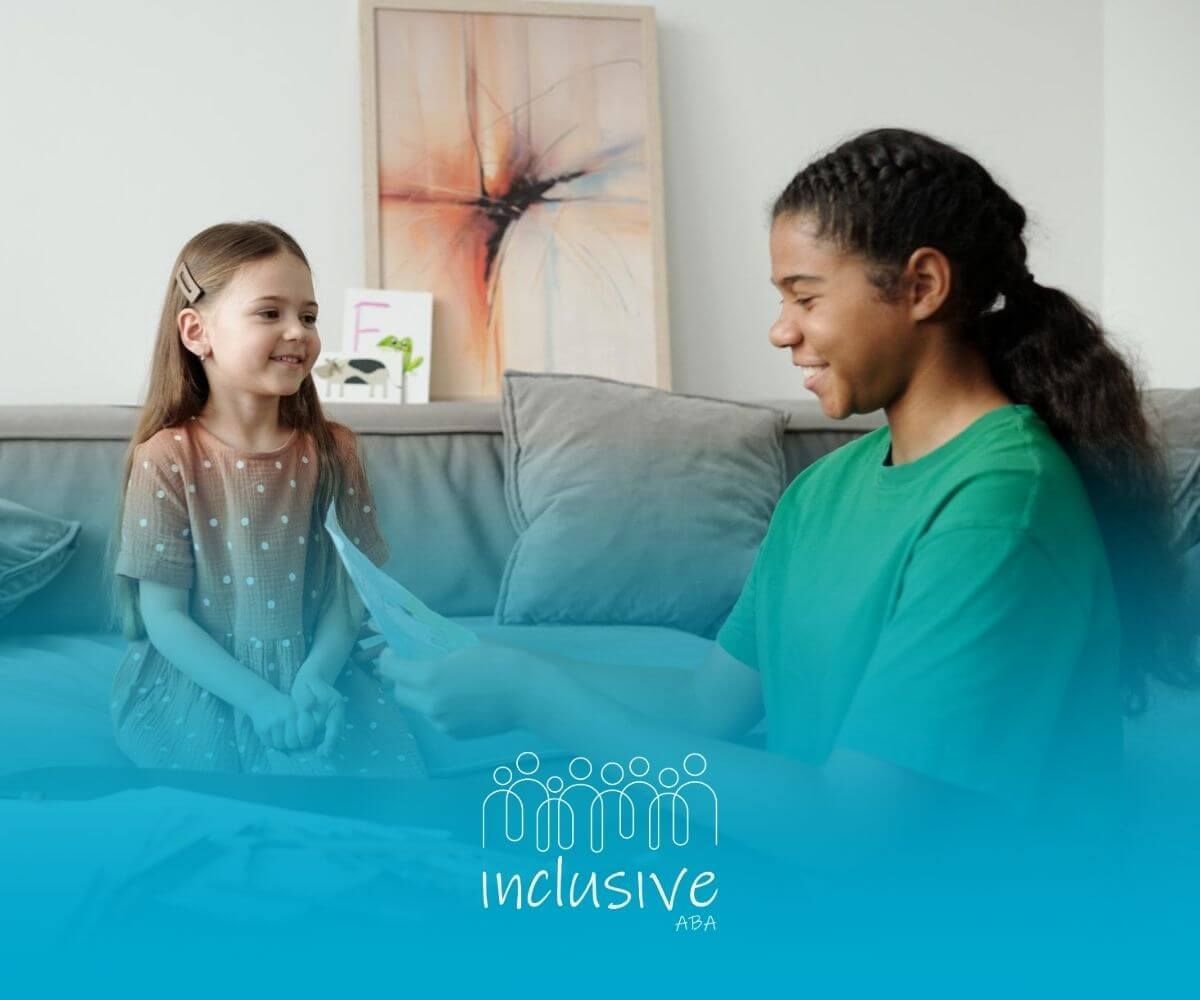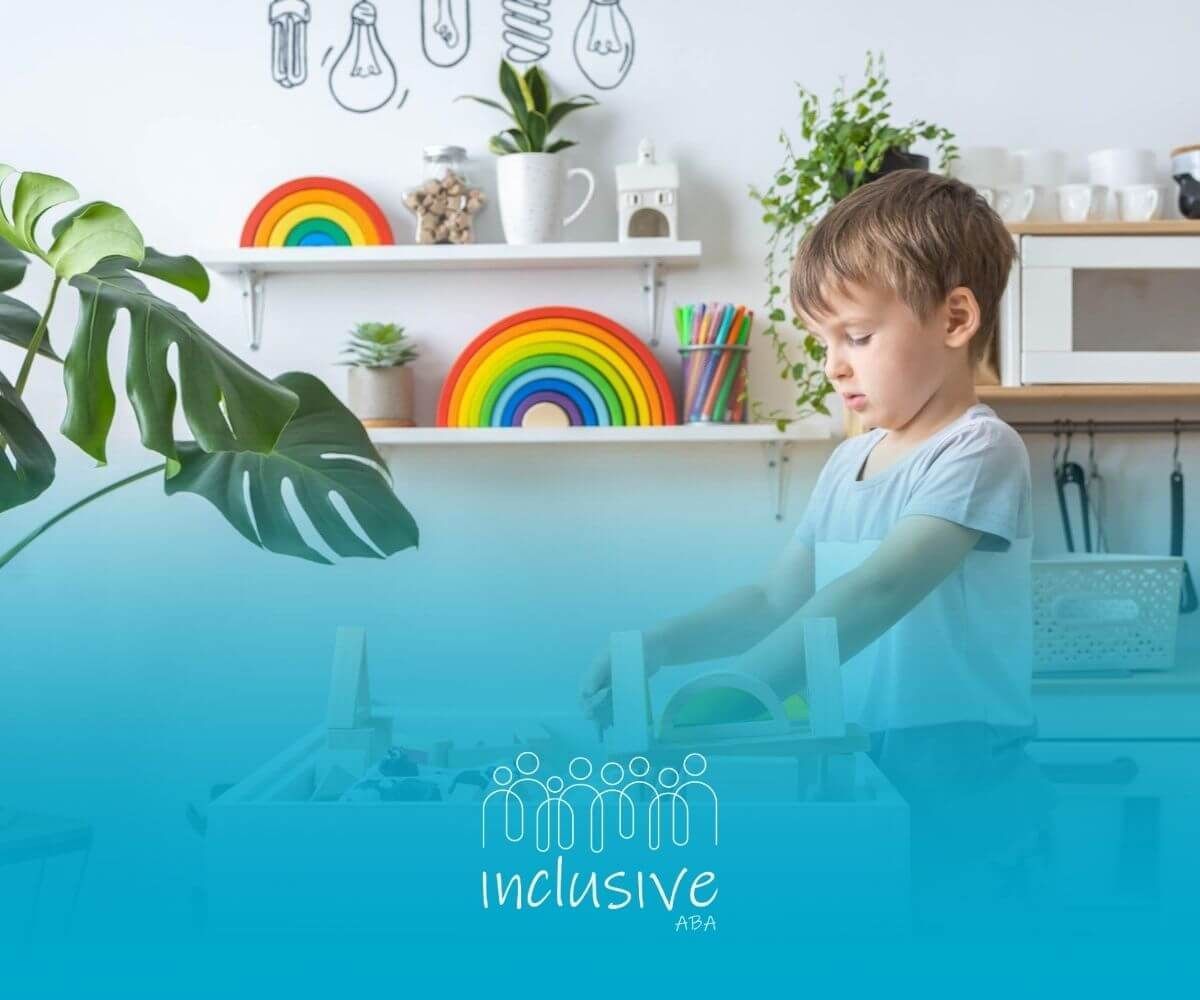Toilet Training Made Easier: Why ABA Works for All Kids
Toilet training is a major milestone. For many kids, it's a straightforward process. But for others—especially those with autism or developmental delays—it can be a real challenge.
That’s where ABA therapy (Applied Behavior Analysis) comes in. Home-based ABA therapy, for example, breaks down big tasks like toilet training into smaller, manageable steps. I
t uses structure, repetition, and positive reinforcement to support learning. This approach is especially helpful for children who benefit from routine and consistency.
This guide walks you through how ABA methods make potty training easier—for both kids and parents.
Why ABA Works for Potty Training
A Personalized, Step-by-Step Approach
ABA therapy doesn’t follow a one-size-fits-all model. Instead, certified behavior analysts create a custom plan based on your child’s needs. Each step is designed to reduce overwhelm and encourage success.
By breaking the process into small parts—like sitting on the toilet, pulling down pants, or washing hands—kids can build skills gradually.
Positive Reinforcement Builds Motivation
Rather than punishing accidents, ABA focuses on rewarding successes. Verbal praise, stickers, or small treats help motivate your child to keep trying. Positive experiences build confidence and make the process less stressful.
Adaptable for Each Child
ABA is flexible. If your child isn’t responding to one strategy, therapists adjust the plan. They’ll tweak the timing, language, visuals, or reward system based on what’s working—or not.
How ABA Supports Kids with Autism or Delays
Structured Teaching for Unique Learners
Kids on the autism spectrum often do best with structure and visual supports. ABA toilet training includes picture charts, step-by-step visuals, and simple language—helping them know what’s coming next.
Supports Communication and Body Awareness
Some children struggle to express when they need to go. ABA teaches them how to recognize and communicate bathroom needs, even using nonverbal cues like picture cards or gestures if needed.
Improves Independence and Confidence
Each successful bathroom trip becomes a win. As your child gains confidence, they become more independent—an outcome that benefits both home and school life.
How to Know When Your Child Is Ready for Potty Training
Key Signs of Potty Training Readiness
ABA therapists look for specific signs that a child is ready to begin training. These may include:
- Staying dry for at least one to two hours
- Showing discomfort with wet or soiled diapers
- Interest in bathroom habits or watching others
- Following simple instructions
- Communicating when they need to go—even nonverbally
If your child shows some of these signs, it may be time to begin.
How ABA Professionals Assess Readiness
A behavior analyst doesn’t guess—they observe. ABA professionals track patterns, collect data, and assess how well your child follows routines.
From there, they develop a personalized plan that aligns with your child’s developmental stage.
What You’ll Need to Get Started
Helpful Tools for ABA Potty Training
Some key supplies make potty training for an autistic child smoother:
- Visual aids: Picture charts or bathroom sequence cards
- Timer or schedule: Helps track regular bathroom visits
- Child-friendly underwear or training pants: Makes the transition from diapers easier
- Reinforcers: Stickers, snacks, or small toys to reward progress
- Data sheets: Track accidents, successes, and behavior changes
Creating a Positive Space at Home
A calm, predictable environment is key. Keep bathroom routines consistent. Use encouraging words and visual cues like “Time for potty!” Praise small steps. And if there’s a setback, stay calm—it’s all part of the process.
Step-by-Step Guide to ABA Potty Training
Step 1: Set a Predictable Routine
Start with a simple schedule—bathroom trips every 30 to 60 minutes, depending on your child’s age and development. Consistent timing helps your child understand when to expect potty breaks.
Use clear language or visual cards to signal it's time to go. The goal is to create a pattern your child can recognize.
Step 2: Use Visual Supports and Social Stories
Visual tools help kids understand and remember each part of the routine. Show step-by-step charts of what happens in the bathroom.
Social stories—short, illustrated guides—explain what to expect and why potty training matters. These tools reduce fear and make learning feel familiar.
Step 3: Reinforce the Right Behaviors
Praise your child when they follow the routine. Celebrate even small successes like sitting on the toilet or staying dry. A simple “Great job!” or a sticker can go a long way.
Keep rewards consistent, and gradually fade them as your child builds confidence.
Step 4: Use Prompts, Then Fade Them
At first, your child may need reminders to go to the bathroom or pull down their pants. That’s okay. Use verbal or visual prompts.
As they learn, slowly reduce how often you prompt. This encourages independence and lets them take ownership of the routine.
Step 5: Track Progress and Adjust When Needed
Use a simple tracking sheet to note when your child uses the bathroom, has accidents, or resists. Over time, this data helps you (and your ABA team) spot patterns.
If something isn’t working, don’t be afraid to change it. Flexibility is key to long-term success.
Overcoming Common Challenges
Handling Accidents with Patience
Accidents will happen—it’s part of the learning process. Stay calm and avoid punishment. Instead, clean up without a fuss and return to the routine. Celebrate the next success.
Helping Kids Who Resist or Feel Anxious
If your child is scared or refuses to try, don’t force it. Use social stories or let them watch a trusted sibling. Keep things low-pressure and encouraging. Over time, many children become more willing as the routine becomes familiar.
Conclusion: Every Step Counts
Potty training can feel like a big mountain to climb—but with ABA, it becomes a series of manageable steps. The combination of visual tools, positive reinforcement, and custom routines helps children succeed at their own pace.
Celebrate the little victories, stay consistent, and reach out to your ABA team when you need support. With time and patience, your child can build confidence and independence that will carry into many other areas of life.
At Inclusive ABA, we specialize in helping children develop life-changing skills through personalized ABA therapy in Nebraska. Whether your child is just starting toilet training or struggling with setbacks, our experienced team is here to support you—every step of the way.
Reach out to Inclusive ABA today for a free consultation and learn how we can help your child build confidence and independence through ABA therapy.
Frequently Asked Questions
Can ABA help if my child has struggled with potty training before?
Yes. Even if past efforts haven’t worked, ABA provides a structured approach that can reintroduce potty training in a way that’s easier and more effective.
When should I start ABA-based potty training?
Most children begin between ages 2 and 3, but the key is readiness—not age. Look for signs like staying dry, showing interest, or following simple directions.
How long does potty training with ABA take?
It varies. Some children make quick progress in a few weeks; others need a few months. Consistency and support make all the difference.
Sources:
- https://raisingchildren.net.au/autism/health-wellbeing/toileting-hygiene/toilet-training-autism
- https://www.autismspeaks.org/expert-opinion/seven-toilet-training-tips-help-nonverbal-kids-autism
- https://www.autism.org.uk/advice-and-guidance/topics/behaviour/toileting/parents
- https://www.autismparentingmagazine.com/autism-potty-training-guide/
- https://www.webmd.com/brain/autism/what-to-know-about-potty-training-children-autism
Looking for Expert Help? We're Here for You!
Our compassionate and skilled team is devoted to enhancing your child's development through customized ABA therapy. Let us partner with you to create a supportive environment for your child's success.
Discover how we can help your family thrive with expert ABA therapy.
Related Posts







